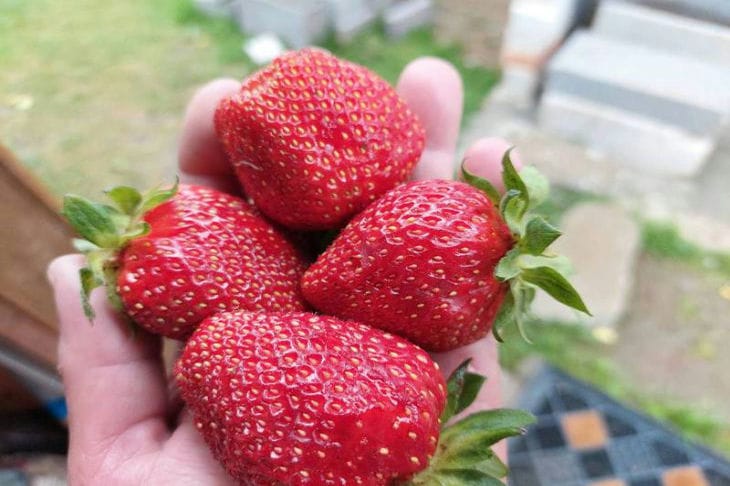Many people freeze berries in the summer to eat in the winter.
You can freeze any berries, but you need to do it correctly so that they retain all the vitamins and beneficial properties until winter.
Selection
For freezing, you need to select only ripe berries. If they are not yet ripe, they will not be as tasty. Overripe berries will quickly spoil. Do not freeze berries if they are very soft or damaged.
Wash and dry thoroughly
You need to be careful with berries so that they don't get soft. For example, strawberries are first washed in a colander under a gentle stream of water. To keep the berries from losing their shape, the leaves should be torn off only after washing.
Currants and raspberries should not be washed under running water, as their shape may be damaged.

The berries are placed in a colander and then lowered into a container with cold water. Then they are carefully washed by hand and the water is drained. After that, the berries are dried. To do this, they are laid out on a paper towel and blotted from above.
Sealing of packaging
Berries are stored well in food-grade plastic containers or zip-lock bags. To prevent foreign odors from getting inside, the bag or container should be tightly closed.
Portion freezing
Berries should be frozen in small portions. For example, only enough for one meal should be placed in one bag or container. This will eliminate the possibility of refreezing or spoiling the product.
Avoid refreezing
If the berries are defrosted and then frozen again, they will lose their nutritional qualities. In the worst case, they may spoil completely and you can get poisoned by such products.
When a product is defrosted, harmful microorganisms begin to actively multiply in it, which will accelerate rotting. If products are constantly defrosted and frozen, the number of pathogenic bacteria will grow.
Earlier we talked about how to remove the smell of smoke from a campfire from hair and clothes.








